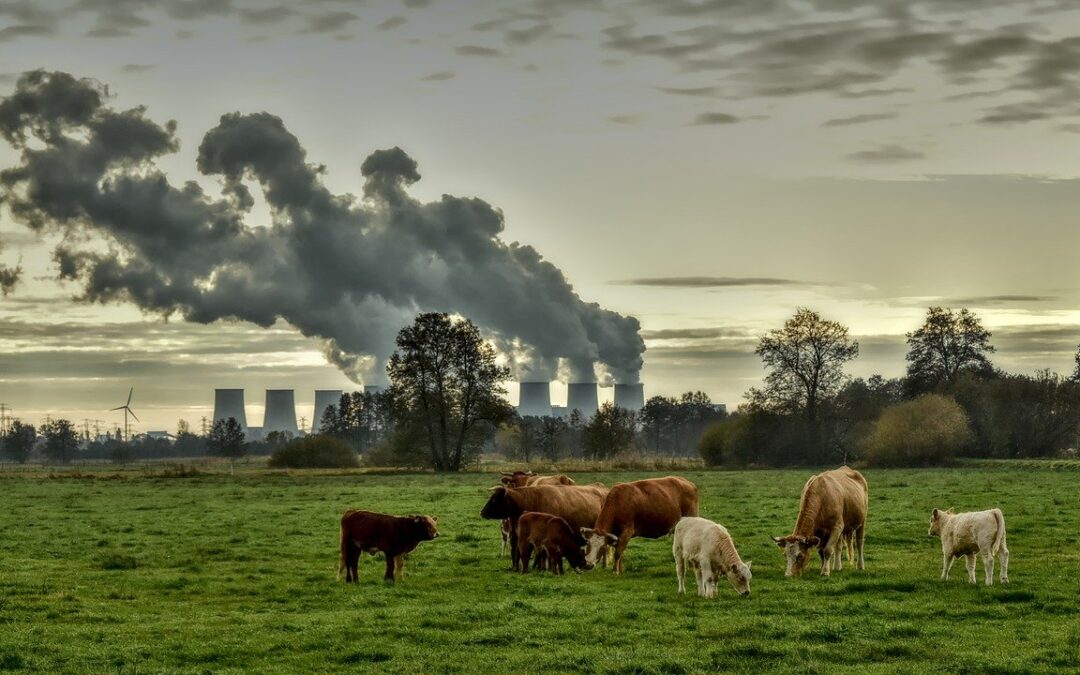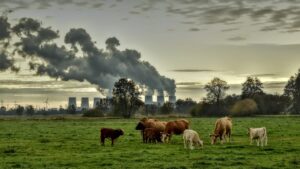
Meet the Academic championing more material reuse (interview)
This is an excerpt extracted from the Connected Places Catapult. The full interview can be found here: Meet the Academic championing more material reuse – Connected Places Catapult
_____________________________
“As individuals, many of us feel we should be recycling more and consuming less,” remarks Dr Luis Torres-Retamal, an Associate Professor with Nottingham University Business School. “But organisations and Governments could certainly do much more.”
And while many local authority officers understand the need to spend more on sustainable outcomes, “there can be less thought about protecting natural resources taken from the planet, and how they can be reused”.
In a bid to find out what more can be done using procurement policies to ensure that bids and tenders specify a greater reuse of existing materials for projects, Luis has embarked on a Researchers in Residence placement – supported by the Innovation Procurement Empowerment Centre on behalf of Connected Places Catapult – titled ‘Embedding circular economy principles into public procurement of net zero solutions’.
The study – awarded by the Innovation Launchpad Network+ which is funded by the Engineering & Physical Sciences Research Council – sets out to create a framework and guidelines to help local authorities introduce more of a focus on the circular economy when procuring transport systems. “Of particular interest to me is how sustainability is governed within organisations,” he adds.
“When done well, public procurement can help to encourage greener behaviours and create communities that promote good practice. Introducing better procurement policies associated with net zero solutions can also help to improve bids and tenders, especially those associated with transport.”
______________________________
Read the full interview here: Meet the Academic championing more material reuse – Connected Places Catapult









